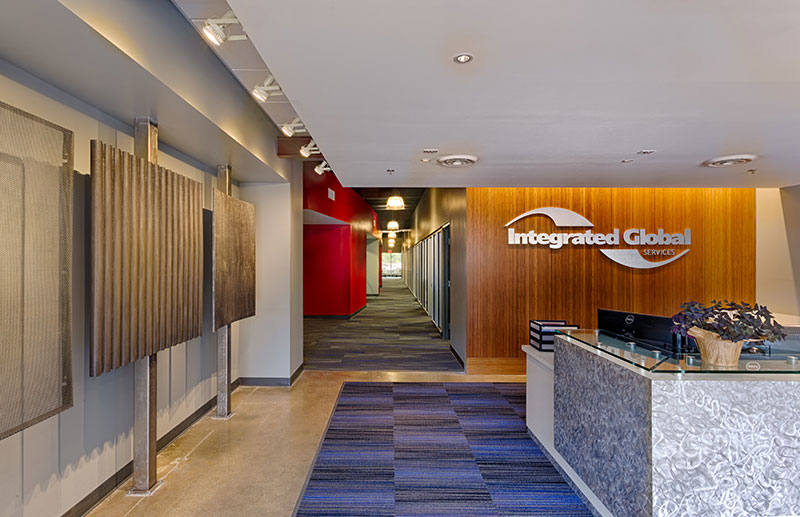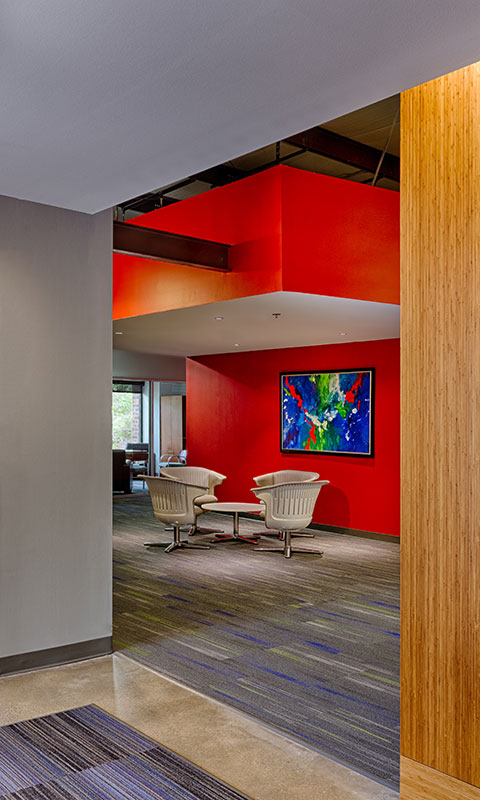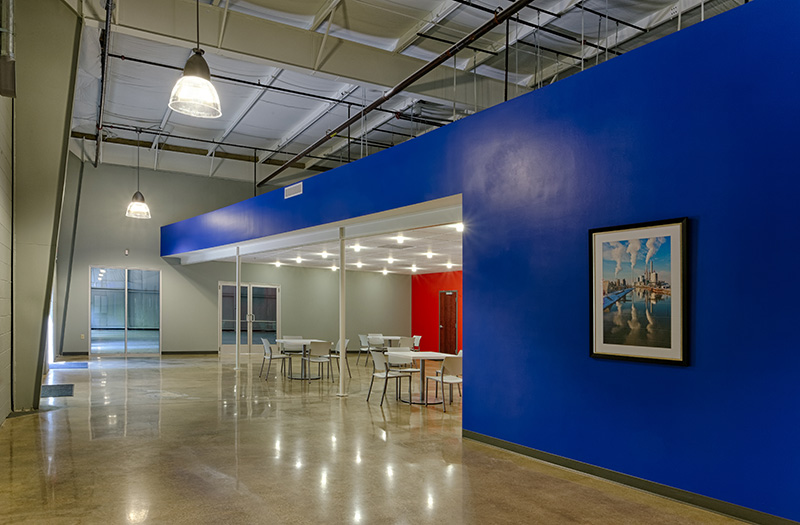Headed for disaster
Ever finished a shoot where you felt you did a great job then pull up the results on your computer and discover something very different than great? I was just asked to do my first interior architecture shoot and this is exactly what happened. I had made some big mistakes and there was no opportunity to do the shoot again, I had to make it work.

Typically this tends to happen to me when I haven’t been shooting for a while, and I simply forget all the little things (my memory is wildly selective). However, in this case, I’m going to blame my inexperience with the type of photography that seemed so easy on the surface. While I have plenty of experience shooting exterior architecture, outside of when we sold our first home 7 years ago, I have zero experience with interior architecture photography. Despite that inexperience, I figured interiors were going to be nearly identical to exteriors, as it’s just the other side of a wall but without the worry about the elements. It seemed like this would be even easier.
During the shoot, I was fortunate enough to have the architect with me to point out the features he wished to get photographs on (and helped me arrange things). I could not have been handheld even more. He had an impeccable eye and pointed out the best shots of the day. Looking at the back of the screen showed great looking shots and we breezed through the shoot in two hours. I left feeling great.
Later that night, after putting the kids to bed I sat behind the computer to start working on the images. After a few moments with the first photo, my heart sank, it was not a photo I could use. I did not even need to look at the other photographs to know they also were in trouble too!

First, I feel I may need to point out something unique to architectural photography before continuing. Almost all of it is shot with a tilt-shift lens. The results from one of these lenses is perfectly straight lines and the ability to avoid converging parallel lines, which mirrors how architects sketch up their designs to show their clients. They love this and virtually all of them expect their photographs to look this way. These lenses one of my favorite things in photography, but I do not own one (they are extremely expensive).
You might be asking yourself, did the architect know that I did not even have the tools to get the results he wanted? He did, more or less. The great thing about technology is that there is often a way to fake it. I use DxO Optics Pro to remove the distortion from my lenses – so that I have perfectly straight lines. I then use DxO ViewPoint to prevent the converging verticals. The result looks as though I took the photo with a tilt shift lens. I used this combination to show some example shots to the architecture firm and they were very pleased.
This has worked perfectly until this shoot. There is a step in between removing distortion and preventing converging verticals I omitted, leveling the horizon. Through all my years of photographing landscapes, I’ve always done this post production because ensuring the horizon is level in the field is about as much fun as hearing “are we there yet” before leaving the driveway. Fixing it in post takes seconds, so why bother futzing with the tripod? Well, when shooting indoors, it’s an ENORMOUS problem in post, because you CANNOT see the horizon. I tried making guesses at it by guessing where the vanishing points are, but the results after the converging vertical fix usually resulted in a disturbingly unnatural look – even if the horizon is just barely off.

I ended up having to toss a number of photos because I simply could not get them to look like a carnival house of mirrors. Fortunately, I had plenty that I was able to get the horizon right and it worked out but I have certainly learned that I need to pay a lot more attention to my technique. That being said, does anyone have any tips to facilitate getting a level horizon? (I would greatly appreciate it!)
While Interior Architecture photography is not quite as dependent on the elements outside as our other forecasts, it may be valuable to add a forecast for it. From my limited experience, it seems like you'd want to have diffused/cloudy days to prevent the exterior lighting (the sun) from overpowering the interior. Small things may be minimal wind (in case you can see out a window, the foliage will not be blurred during a long exposure) and it probably should not be raining. Am I on target on these? Do you have any other ideas?
